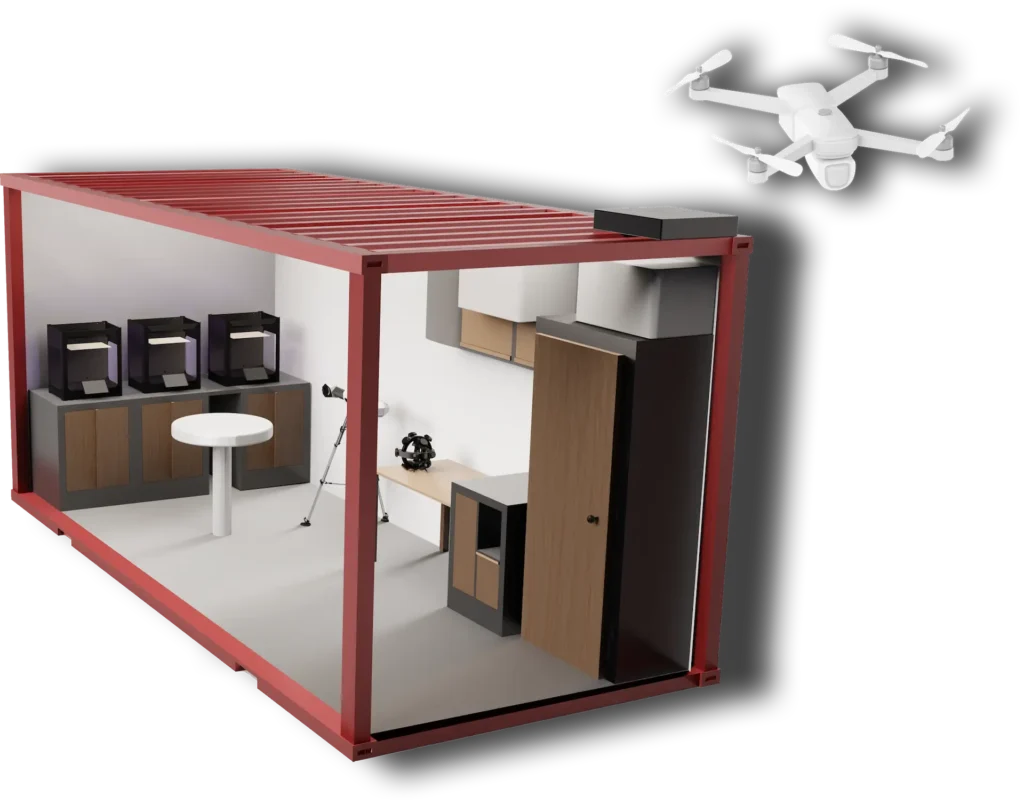Top 7 Military Drone Developments
Welcome to our in-depth exploration of the 7 key moments in the evolution of the military UAV since 1945. These unmanned aerial vehicles have radically transformed the way armed forces operate, evolving from rudimentary innovations to major strategic tools.
Throughout this article, we will delve into the fascinating history of these flying machines, highlighting the technological milestones that have shaped the modern era of aerial warfare.
Here are some of the major developments in the field of military UAVs, presented in chronological order:
1. MQ-1 Predator (1995) :
Predator was one of the first surveillance and reconnaissance drones used by the US military.
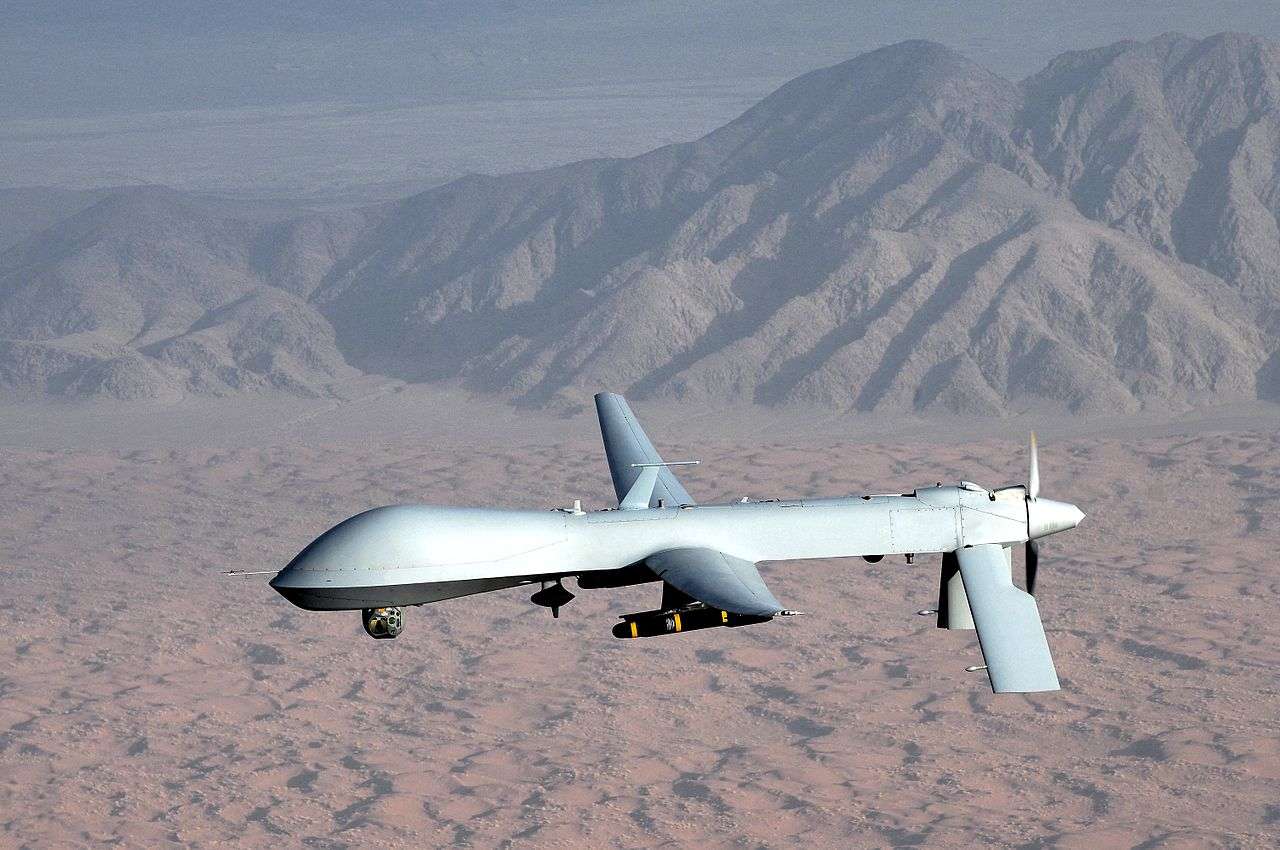
The MQ-1 Predator, a pioneering military UAV, was deployed in 1995 to redefine the paradigms of aerial reconnaissance. This remarkably versatile unmanned aerial vehicle has brought a new dimension to surveillance and intelligence gathering.
Its speciality lies in discreet observation of sensitive and dangerous areas, offering unrivalled reconnaissance capability without exposing military personnel to imminent danger. Equipped with sophisticated sensors, the Predator excels at collecting data in real time, enabling armed forces to make informed decisions and predict enemy movements.

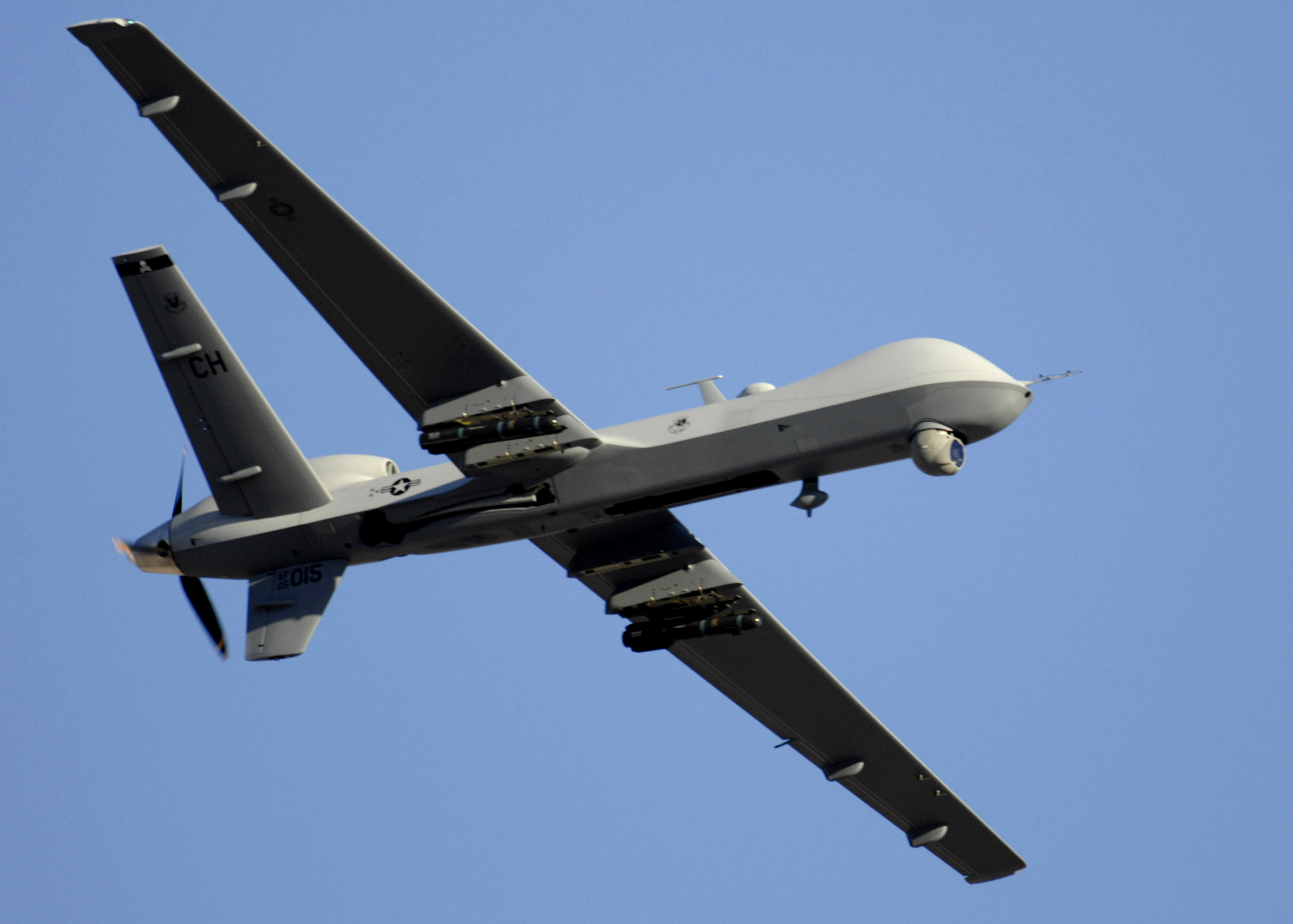
2. MQ-9 Reaper (2007) :
An evolution of the Predator, the Reaper added attack habilities with larger payloads, making it a versatile drone for surveillance and strikes.

The MQ-9 Reaper, a prodigy of military aeronautical engineering, has established itself since its introduction in 2007 as one of the centrepieces of modern military drone fleets. Designed to excel in a variety of missions, the Reaper embodies the unrivalled versatility of a true predator of the skies.
Its speciality lies in its ability to combine surveillance and reconnaissance functions with formidable offensive missions. Armed with substantial payloads, this military drone is perfectly suited to carrying out targeted attacks with surgical precision. Its long flight endurance, combined with its considerable range, enables the MQ-9 Reaper to patrol over vast areas, actively monitoring enemy movements and ready to intervene at any moment.
3. RQ-170 Sentinel (2007) :
This stealth drone was designed for advanced reconnaissance and surveillance missions.
Unveiled in 2007, the RQ-170 Sentinel is a significant milestone in the military drone arsenal. Its speciality lies in its ability to operate in the skies with remarkable stealth. Designed specifically for advanced reconnaissance and surveillance missions, this aerial emissary stands out for its ability to glide silently through vast expanses of atmosphere, gathering crucial intelligence without arousing unwanted attention.
The Sentinel embodies the evolution of military drone technology, adopting stealth features that make it evasive to enemy radar. Its specialised mission is to provide strategic data and detailed images without compromising its own security. By deploying its advanced surveillance capabilities, the RQ-170 gives its operators a crucial advantage on the battlefield, expanding the horizons of modern military reconnaissance.
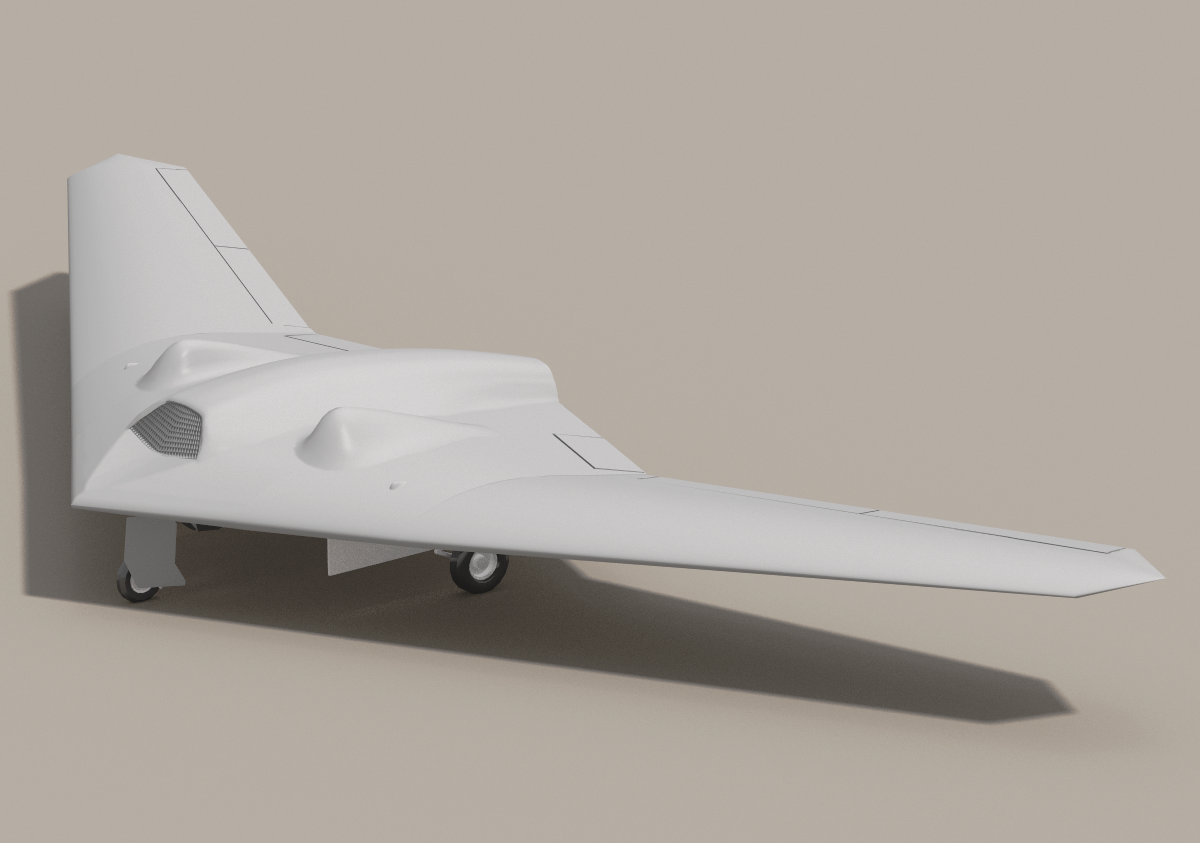
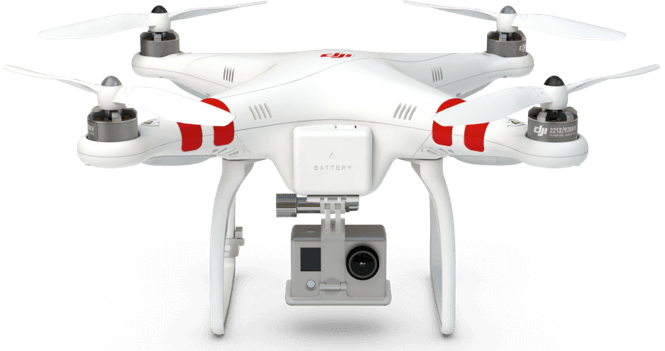
4. DJI Phantom (2013) :

Although primarily associated with civilian use, the DJI Phantom has quietly expanded its footprint into the military drone arena. In 2013, it made its debut as a pioneer in the consumer drone category, but its applications quickly extended to military operations.
Its speciality lies in its ability to operate in a stealthy and versatile manner, making the Phantom particularly well suited to unobtrusive surveillance and reconnaissance missions. Featuring a stable platform and a sophisticated camera, this drone offers detailed aerial vision, enabling armed forces to gather crucial information without revealing their presence.
Although not originally designed for offensive missions, the DJI Phantom has been adapted to carry specific payloads, extending its usefulness to targeted offensive operations. Its discreet nature makes it a strategic choice for preliminary reconnaissance and combat preparation missions.
5. X-47B (2013) :
The X-47B is an unmanned combat drone designed for operations aboard aircraft carriers. It was developed by the US Navy.
The X-47B, a masterpiece of aeronautical engineering and a milestone in the global arsenal of military UAVs, made its grand debut in 2013. This unmanned combat drone was designed for a unique speciality: operating from aircraft carriers.
Its speciality lies in its ability to be deployed from these giants of the seas, offering unprecedented flexibility and strategic reach. The X-47B has been developed to take on a variety of missions, from advanced reconnaissance to targeted attacks, while operating from the mobile platforms at the heart of the naval fleet.

6. MQ-25 Stingray (2018) :
Designed for air-to-air refuelling missions, the Stingray is intended for use by the US Navy to support its fighter aircraft.
The MQ-25 Stingray, which entered service in 2018, stands out as a flagship of innovation in the field of military drones. This remarkable US Navy creation has been designed with unrivalled specialism, transforming the dynamics of modern air operations.
Specialising in critical air-to-air refuelling missions, the MQ-25 Stingray has been meticulously developed to meet the strategic needs of naval aviation. Its key role is to extend the operational endurance of fighter aircraft by providing mid-air refuelling, enabling extended missions and greater flexibility in theatre.
7. MQ-9B SkyGuardian (2018) :
An evolved version of the Reaper, the SkyGuardian is designed to meet civil aviation standards, allowing more flexible use in a variety of airspaces.
The MQ-9B SkyGuardian, which entered service in 2018, stands out as a centrepiece of the armed forces’ modern arsenal. This next-generation military UAV embodies the convergence of cutting-edge technology and operational versatility, raising surveillance and strike capabilities to unprecedented levels.
Its speciality lies in its ability to operate in a variety of environments while maintaining a discreet profile. The MQ-9B excels in aerial surveillance, providing crucial intelligence data thanks to its sophisticated sensors. With its impressive endurance, it can remain airborne for long periods, ensuring constant surveillance of target areas without requiring constant human intervention.
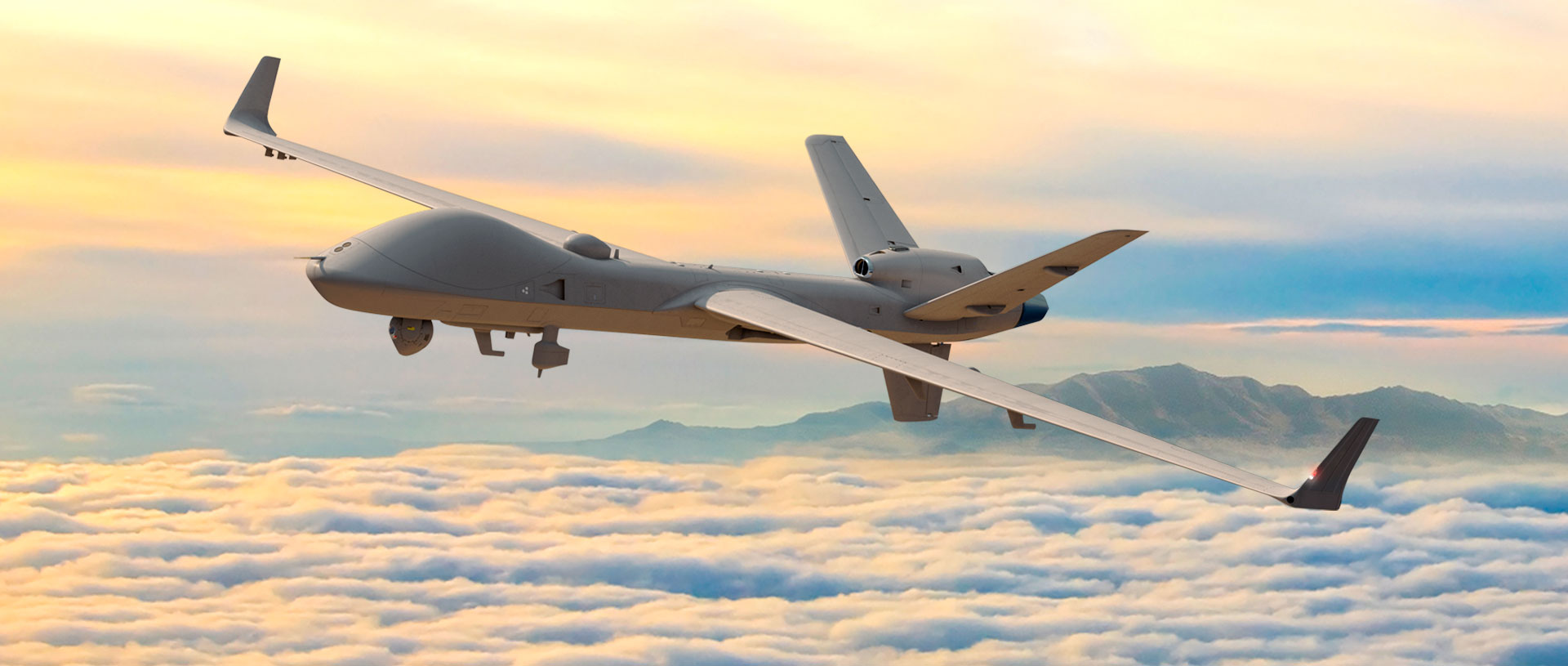
Bonus
In the contemporary military sphere, the evolution of UAVs has reached new heights thanks to a revolutionary technology: 3D printing with Mobile Clinics. This innovative approach has transformed the design, capability and production of military UAVs, offering unprecedented flexibility and accessibility.
3D printing, as the catalyst for this revolution, has overcome traditional obstacles in aerospace production. This technology has made it possible to manufacture complex parts, while reducing costs and lead times. For military UAVs, this means greater adaptability, customised design and the ability to quickly adjust functionality to meet the specific requirements of each mission.
In short, 3D printing has emerged as a revolutionary catalyst in the evolution of the modern military UAV. From design to production, this technology offers flexibility and accessibility that are redefining the standards of military innovation. Today’s military drone, developed using 3D printing in the form of Mobile Clinics, embodies a new era where creativity, speed and customisation are the watchwords, offering armed forces unrivalled tools in their quest for security and strategic superiority.
Our solutions
Our company
